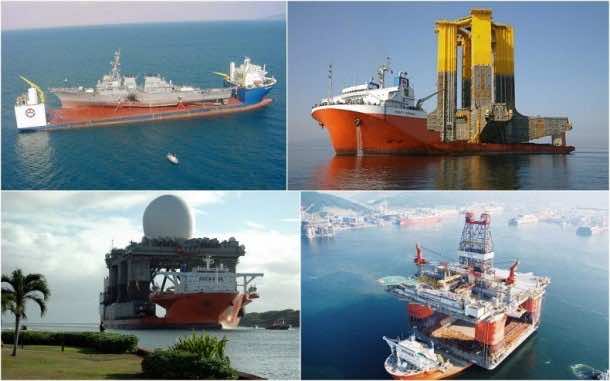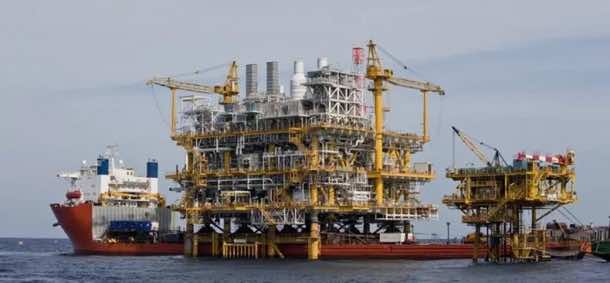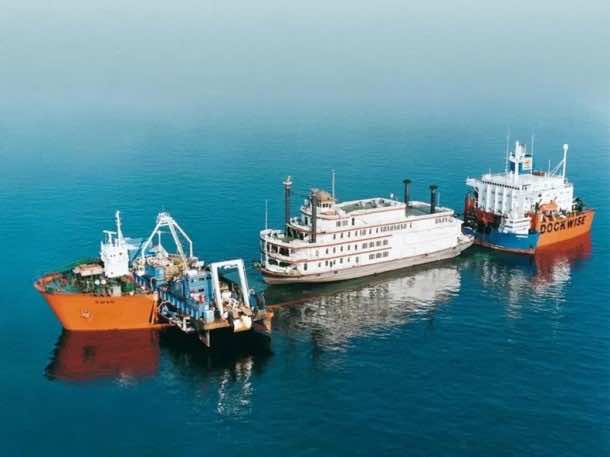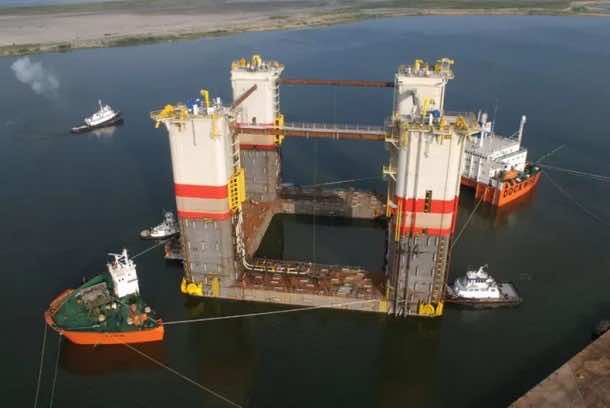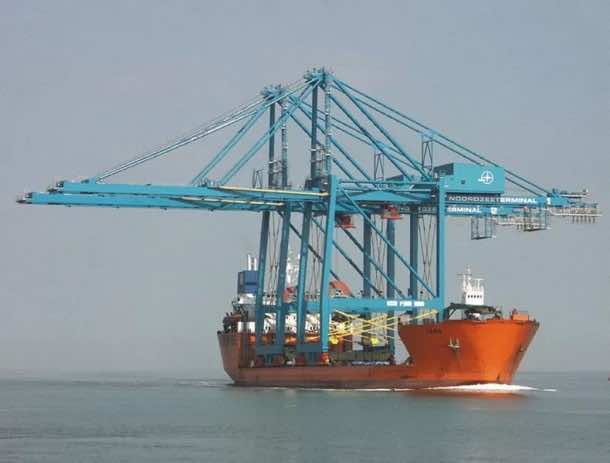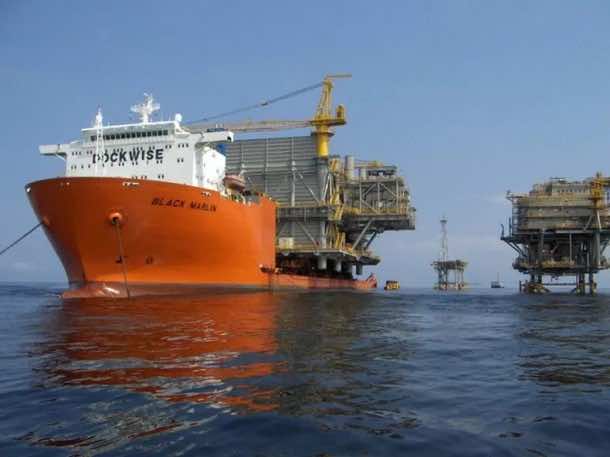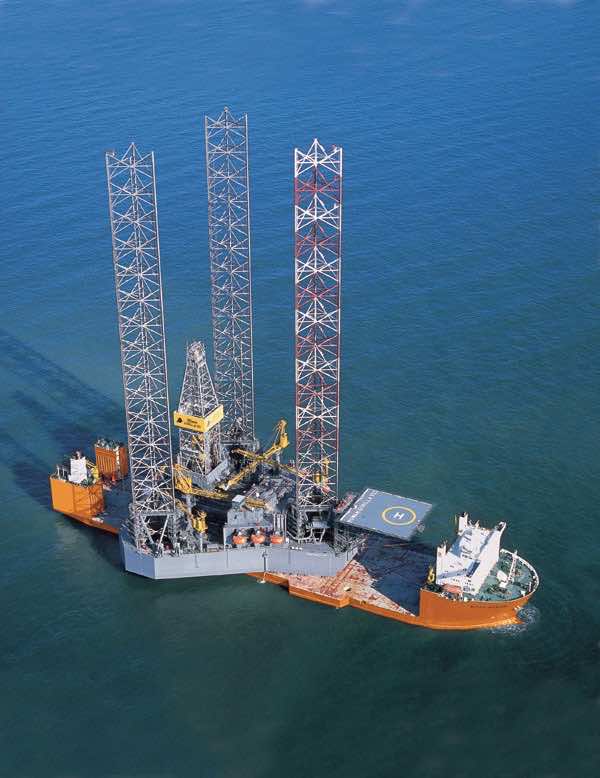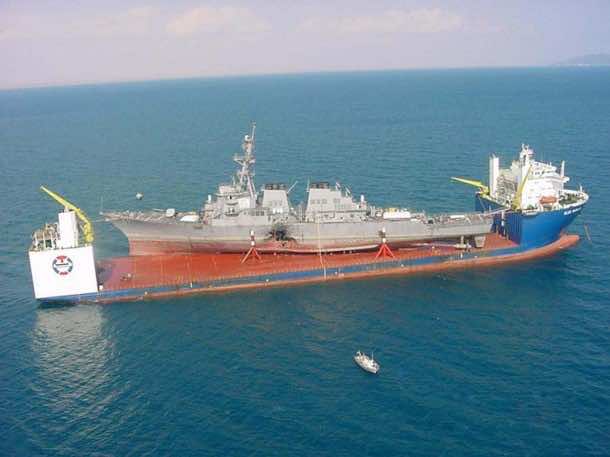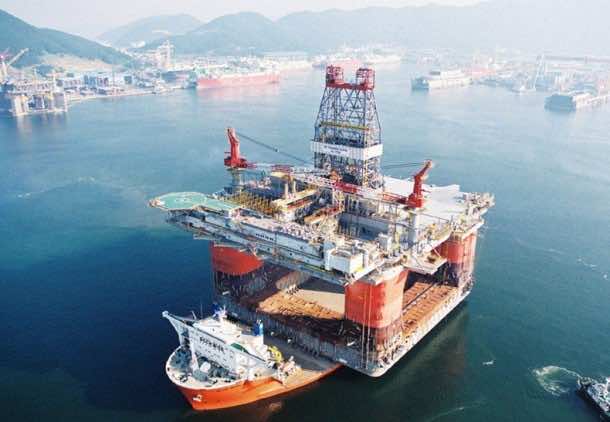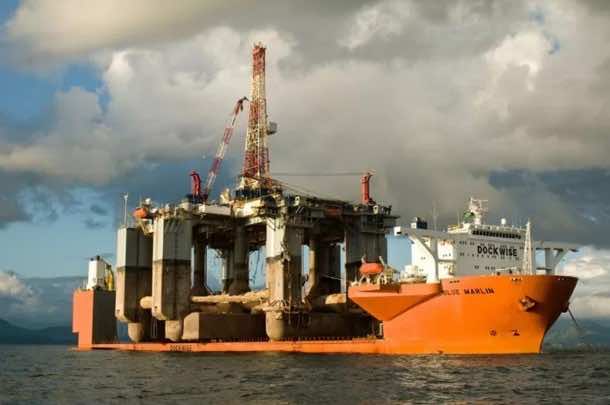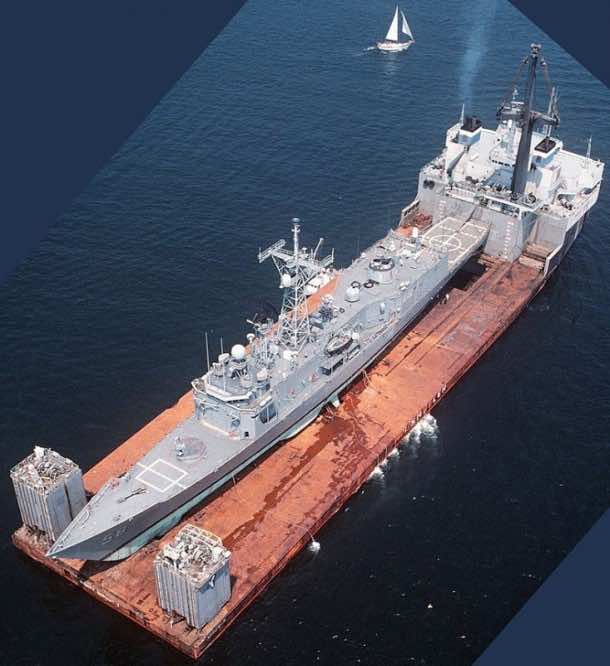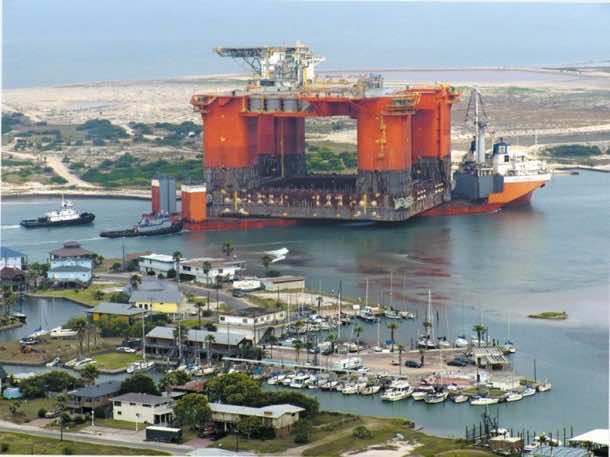You must have head of small freight shipping, but you know the definition of heavy lifting? The biggest ships on the face of the Earth are the cargo carriers and oil tankers operated by Maersk and other global shipping giants, but their loads are more distributed and they aren’t known for their lifting capacity. This task is undertaken by the heavy lifting ships whose job is to move these heavy odd loads across oceans that cannot be transported by any conventional ship at all. The prime example of these loads being oil and gas rigs, mining and exploration equipment.
So you think you know the definition of heavy lifting? The biggest ships on the face of the Earth are the cargo carriers and oil tankers operated by Maersk and other global shipping giants, but their loads are more distributed and they aren’t known for their lifting capacity. This task is undertaken by the heavy lifting ships whose job is to move these heavy odd loads across oceans that cannot be transported by any conventional ship at all. The prime example of these loads being oil and gas rigs, mining and exploration equipment.
There are two types of common heavy load lifters in the shipping industry. One is the semi-submerging type in which the load lifter partly submerges the deck to allow the loaded ship to move to the cargo area. The deck of these ships is very low and thus useful after drowning in water. Then the submerged part is lifted again along with the transported ship. Another type of heavy load lifters can only be loaded and unloaded at specifically designed facilities at either end of the transport network like the mining area and the cargo terminal.
The first heavy lift vessel of the world was MV Lichtenfels’ that was constructed in the 1920s by the German shipping giant DDG Hansa. Due to the sheer utility of the ship and its subsequent variants, it became critical in the shipping business as the requirement for transporting heavy loads over the oceans increased after World War 2. Nowadays the biggest heavy lifting company is Dockwise, and it operates around 19 of these heavyweight lifters both submersible and non-submergible. One of the remarkable thing they have done is to transport heavy oil rigs to the area of exploration in record time. It is usually three to four times faster than the self-deploying rigs that are also used by oil explorers.
The use of heavy lifters in naval warfare and rescuing damaged ships has also been noted and appreciated. In 1988, Mighty Servant 2, a heavy lifter towed and carried away Navy Frigate USS Samuel B. Roberts after the latter was struck by a mine near the Persian Gulf. The largest ship of their fleet MV Blue Marlin was also a hero for the American Navy as it transported Missile Destroyer USS Cole from Yemen to Mississippi after the warship was damaged by a bomb attack in 2000.
Blue Marlin has also transported the world’s largest semi-submersible oil platform Thunder Horse weighing over 60,000 tonnes. The journey was no short ordeal either as the ship had to carry all that freight from Korea to Texas in a 15,000 nautical miles journey. The company is currently working on another big ship named Vanguard that has an even greater lift and dock than that of its predecessor. It is planned to carry a monstrous 110,000 tonnes at a speed of 14 knots.
Here are some of these heavy lifters for you:
Relatively smaller MV Swan is lifting another smaller ship on the deck.
Dockwise Tern half-submerged, preparing to lift an oil rig.
Dockwise Black Marlin with oil platforms. Just look at the size of these huge machines being transported!
Dockwise Blue Marlin transporting equipment.
Blue Marlin Transporting USS Cole after it was damaged and unable to move.
Blue Marlin with a full oil platform on its deck.
Sea-Based Radar enters Pearl Harbor, Hawai from Texas after a 15,000-mile journey.
Mighty Servant 2 carrying USS Samuel Roberts
The Mighty Servant carrying her last cargo, an oil based platform.
Feeling small and weak already?


